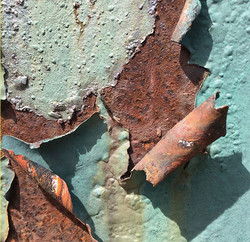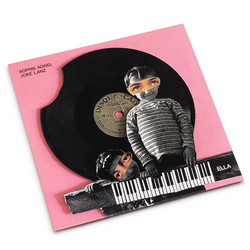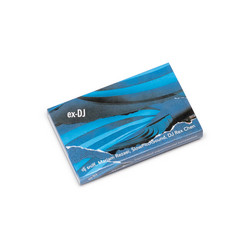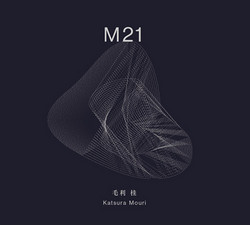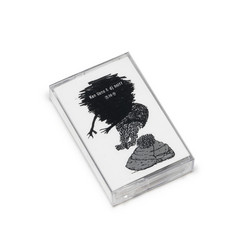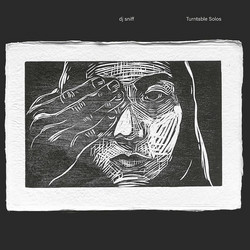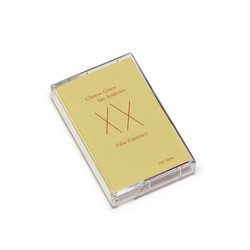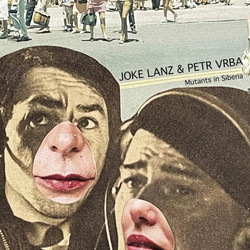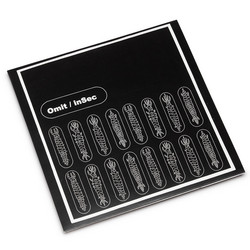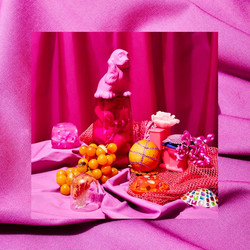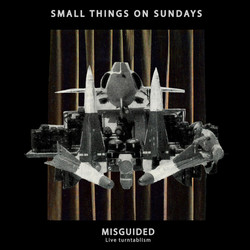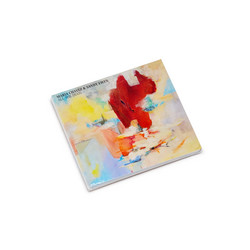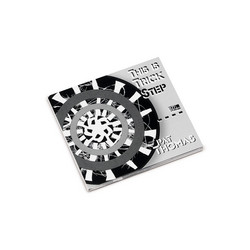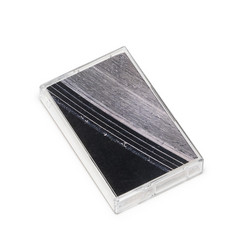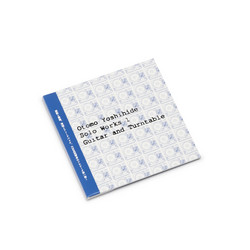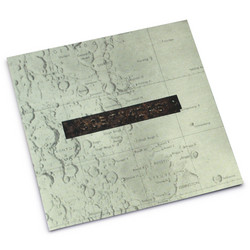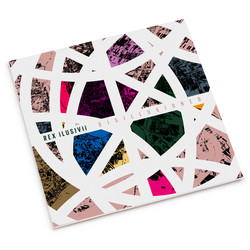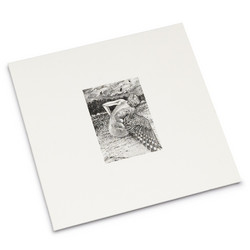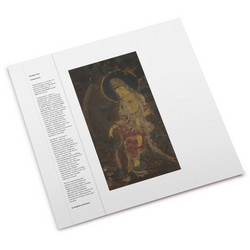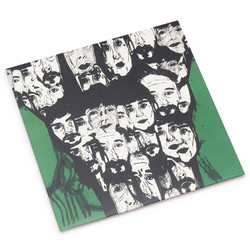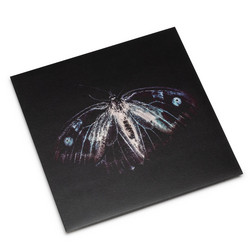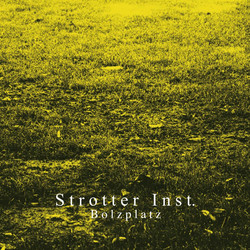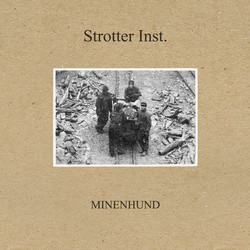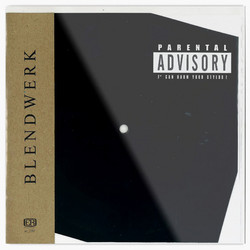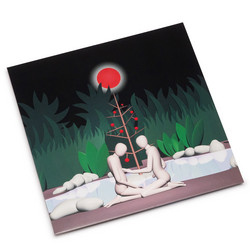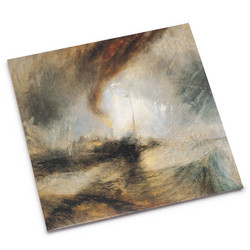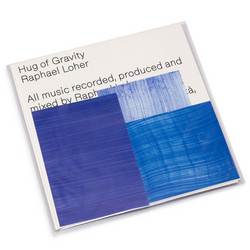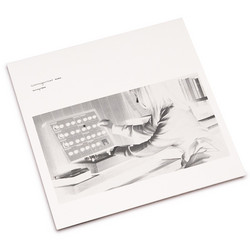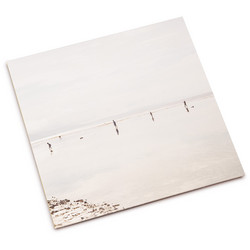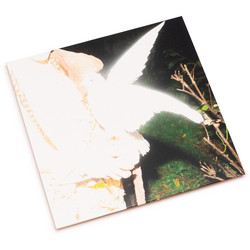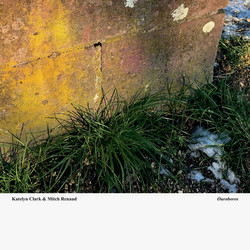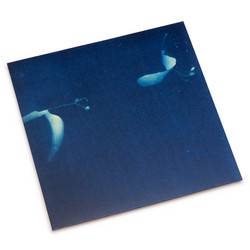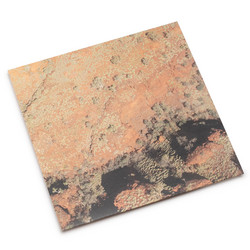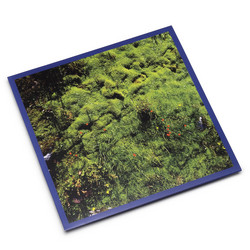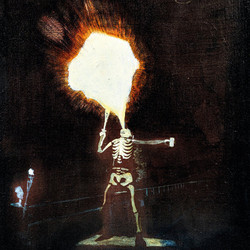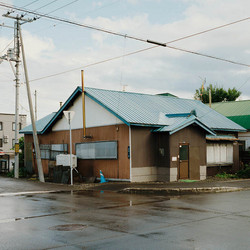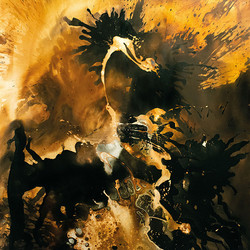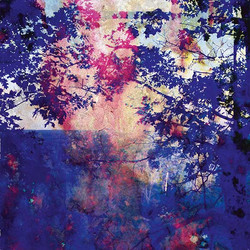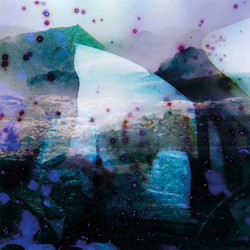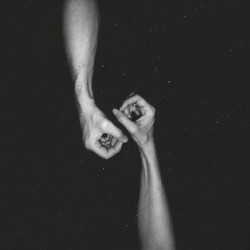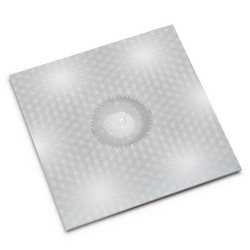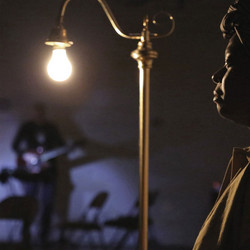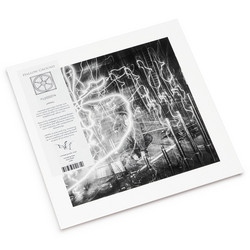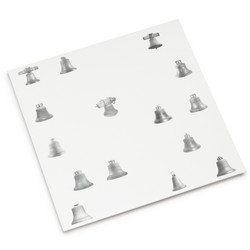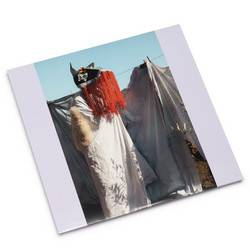After more than ten years of making music with turntables, tapes and loops the swiss based musician, artist, performer and architect Christoph Hess started in 1998 the project Strotter Inst. to concentrate just on the manipulation of turntables not using any records or sounds made by someone or something else. Strotter Inst.rument's machineries have dual roles as objects and as instruments. The first live impact is as installations, then the sounds start to grab the listeners' attention. The auditive level surpasses the visual one. Therefore, the optical comprehension of how the sound is generated plays an important role. Hardly using sounds from LP's - if so, they are cut or scotched – the main source of sound are the prepared pick-ups (i.e. sewing needles or strings instead of the diamond or the extended use of rubber bands). The treatment involves the unclean nature of the sounds as part of the music. Besides the work as a musician, Strotter Inst. is creating sound objects and installations out of turntables. The abbreviation "Inst." can both mean "instrument" or "installation".
“Absolutely fantastic stuff!“ (Aquarius Records, San Francisco)
For Miszellen, Strotter Inst. was looking for pieces which may be hidden roots of his sound. He transfigured some industrial classics but also nearly unknown treasures of experimental music. Tracks / songs which Strotter Inst. likes, got impressed, touched in heart, had influence for his preferences. The original material was treated by the Strotter Inst. way of remix-process. That means that just some of traces and parts of the original track are used. The remaining are cut isolated on dubplates. Now the turntable can read these fragments in a nonlinear way. The grooves are treated, just partly touched and used at different speed. Typical Strotter Inst. sounds support and confront these elements.
